Most of us use money every single day. We work hard to earn money, we spend money on different things and experiences, and whenever we are planning a trip to a foreign country, we need to think about exchanging some currency to simplify our transactions during our upcoming vacation.
Currency is an important part of our daily lives, and yet, there are a lot of things we don’t know about it. It’s time to learn some interesting facts about currency. These following facts about currency may help you see money in a new light:
Fact #1: The most valuable currency in the world is the Kuwaiti Dinar
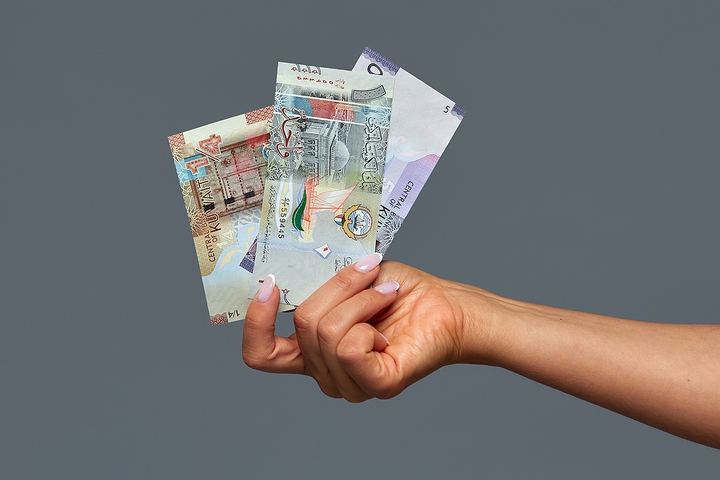
Have you ever wondered about which foreign currency has the most value? The Kuwaiti Dinar is the most valuable currency in the world. One Kuwaiti Dinar is currently worth 3.29 United States Dollars.
The currency code of the Kuwaiti Dinar is KWD, and each Dinar is sub-divided into 1,000 fils. Since this currency was introduced in 1960, six series of banknotes have been printed by the Central Bank of Kuwait.
Fact #2: The least valuable currency in the world is the Iranian Rial
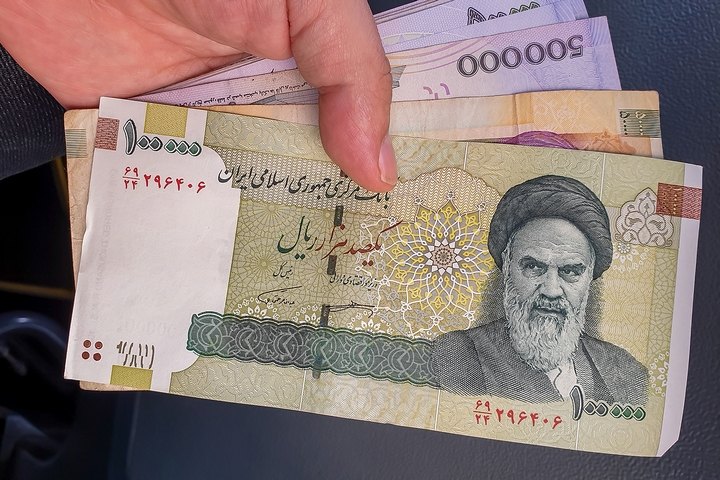
On the other hand, we have the Iranian Rial, which is currently the least valuable currency in the world. For one United States Dollar, you can get 42,025.43 Iranian Rials.
Different reasons explain why this currency is so cheap, including the Iran-Iraq War, and sanctions that prevent Iran from exporting its petroleum, which is an important natural resource in this country.
Fact #3: Queen Elizabeth II appears on a lot of currencies
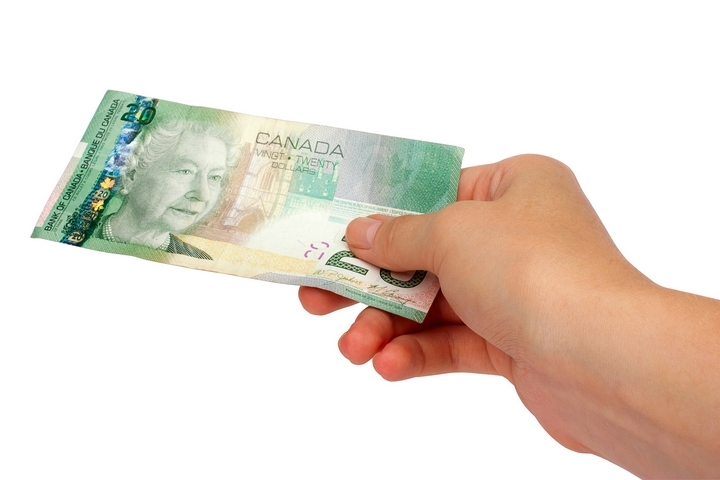
Did you know that Queen Elizabeth II held a Guinness World Record? The Queen of the United Kingdom appears on the currencies of at least 35 different countries, which makes her the monarch who appears on the most currencies.
Canada, the Cayman Islands, the British Virgin Islands, Jamaica, Australia, New Zealand, and the United Kingdom are just a few of the countries who have issued currency that features Queen Elizabeth II’s image.
Fact #4: Making pennies costs more than a penny
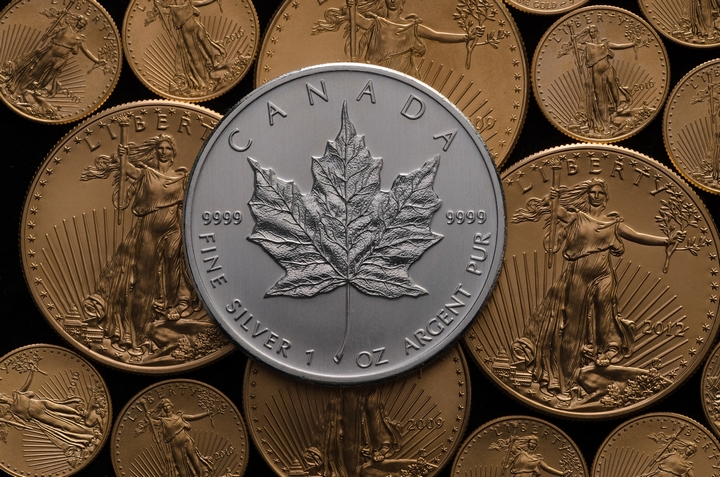
Due to the price of the metals used to strike pennies, these small coins are now more expensive to produce than what they are worth. Making an American penny was costing 1.99 cents in 2019.
In Canada, pennies were removed from circulation in 2013, precisely because they were more expensive to produce than what they are worth, but also because many Canadians were not even using them anyway.
Fact #5: The United States Dollar is the most used currency in the world
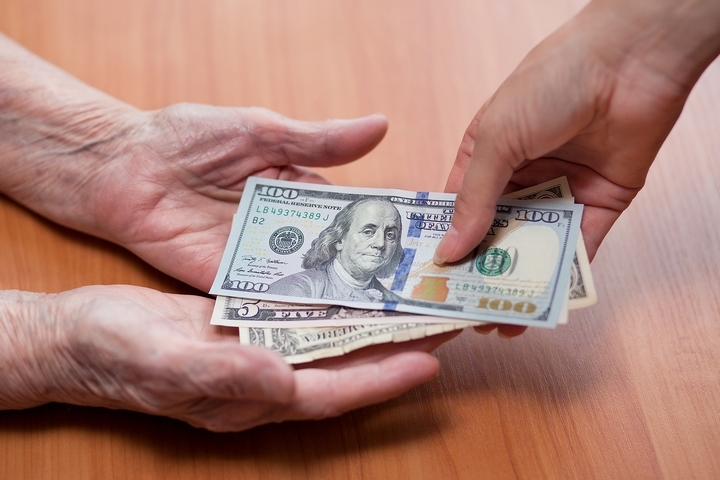
A common staple of currency exchange services, the United States Dollar is a top global reserve currency. In fact, it is currently the most used and traded currency in the world. The USD is used as the standard unit of currency for commodities such as gold or petroleum in international markets.
Some countries use the United States Dollar instead of having their own currency, and other countries, such as Argentina, Costa Rica, and Haiti use it alongside their own currency.
Fact #6: Colourful banknotes are more convenient for the visually impaired
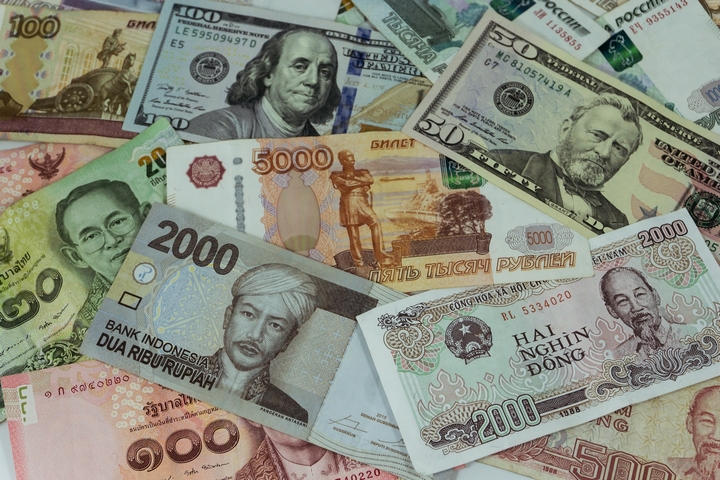
Colourful banknotes, such as the Canadian ones, can be nicer to look at than banknotes that don’t present a lot of colours. But they are also more convenient, especially for people who are visually impaired: it’s easier to tell different denominations apart since they all feature different colours.
And for those who are blind, many banknotes, including the Canadian Dollars, also feature tactile marks to make things easier.
Fact #7: Tea and cacao beans have already been used as currency

Throughout history, some edible currency has been used in different parts of the world. In Asia, for example, tea bricks were once used as a form of currency.
In the pre-Columbian Aztec Empire, people used cacao beans as currency for small purchases. For example, they could exchange a turkey egg for 3 cacao beans. Today, we do have chocolate coins, but unfortunately they are not legal tender!
Fact #8: Most of the world’s currency is only digital
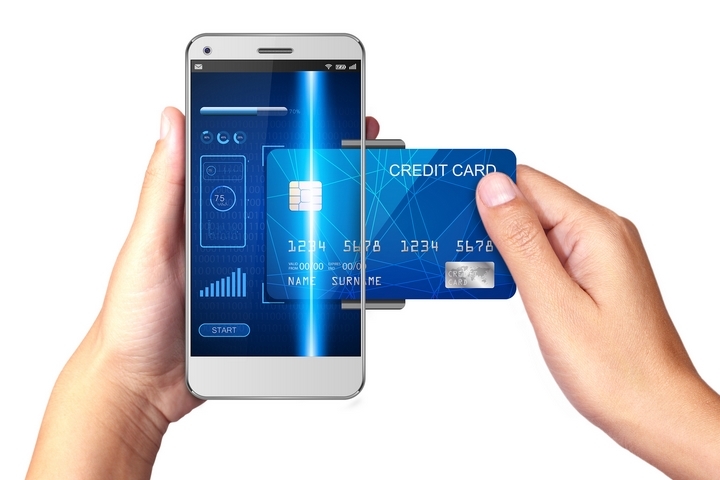
Approximately 8% of all the currency in the world is physical money. The rest is all digital, and only exists on computer hard drives around the world.
It isn’t that strange, when you think about it. Maybe you have a few bills and coins in your wallet, but you probably use a debit card or a credit card for most of your purchases. And whenever you purchase something online, your digital money is withdrawn from your bank account and transferred into the account of the business you are buying from.
Fact #9: Paper money and coins can make us sick
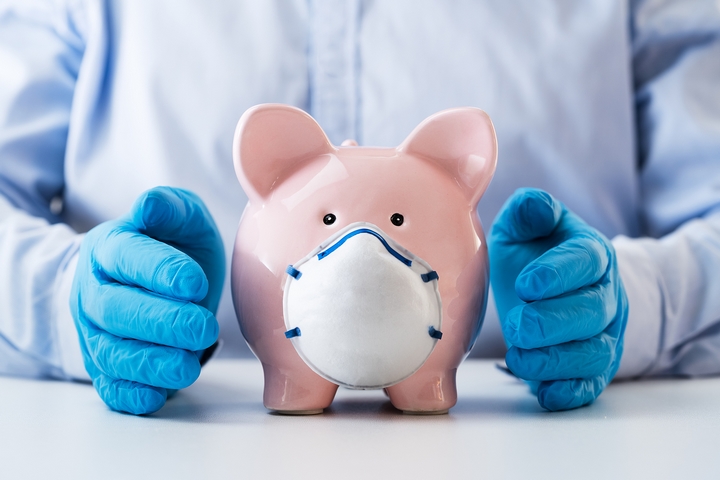
Finally, the fact that most money only exists in digital form isn’t such a bad thing when you know that paper money and coins can transmit disease. Many viruses and bacteria can live on currencies, including E. coli, Salmonella, Staphylococcus aureus, and more.
Simply touching a coin or a banknote should not be enough to make you sick, but if you handle a lot of money daily, washing your hands before eating is a very good idea.
